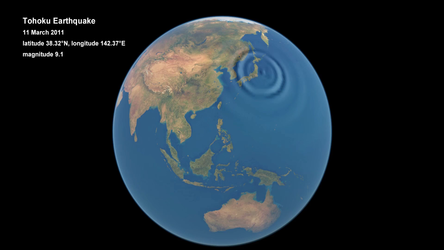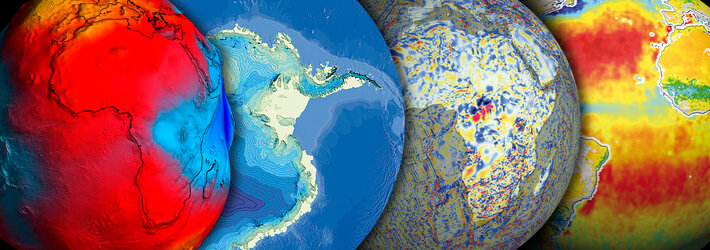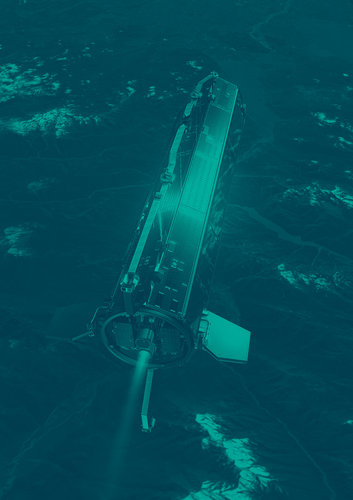Earth Explorers take centre stage at Le Bourget
ESA’s new Biomass mission and the numerous accomplishments from the existing Earth Explorer satellites came into focus today at the Paris Air and Space Show.
The recently selected Biomass satellite will measure the amount of biomass and carbon stored in the world’s forests with greater accuracy than ever before. This information, which is poorly known in the tropics, is essential to our understanding of the role of forests in Earth’s carbon cycle and in climate change.
During a press briefing at the Paris Air and Space Show, Biomass Principal Investigator Shaun Quegan spoke about how the mission will address urgent scientific, political and societal issues.
“Carbon dioxide absorption by forests plays a crucial role in understanding climate change, but is very little known. Biomass will be the first mission to provide detailed information on this.
“Forests also play an important environmental role by preventing erosion, reducing avalanche risk and by acting as a gigantic filter for ground water – another suite of factors where the Biomass satellite will deliver crucial information.”

The innovative technique that will measure biomass can also be used to measure glacier and ice-sheet velocities, subsurface geology and the ionosphere.
Biomass will be the seventh Earth Explorer, a series of satellites developed to further our understanding of Earth.
Volker Liebig, Director of ESA’s Earth Observation Programmes, introduced the ambitious objectives of the other Earth Explorers. The three missions already in orbit, CryoSat, GOCE and SMOS, are providing new insight into Earth’s cryosphere, gravity and soil moisture and ocean salinity, respectively.
Johnny Johannessen, Director General of the Nansen Environmental and Remote Sensing Center and former Chairman of ESA’s Science Advisory Committee, outlined some of the missions’ numerous achievements and unexpected results. These included GOCE’s detection of the 2011 Japan earthquake, tracking hurricanes with SMOS and CryoSat’s profiling of inland water targets.
Future Earth Explorer missions will provide new information on the magnetic field, wind and how clouds and aerosols affect the radiation budget.












